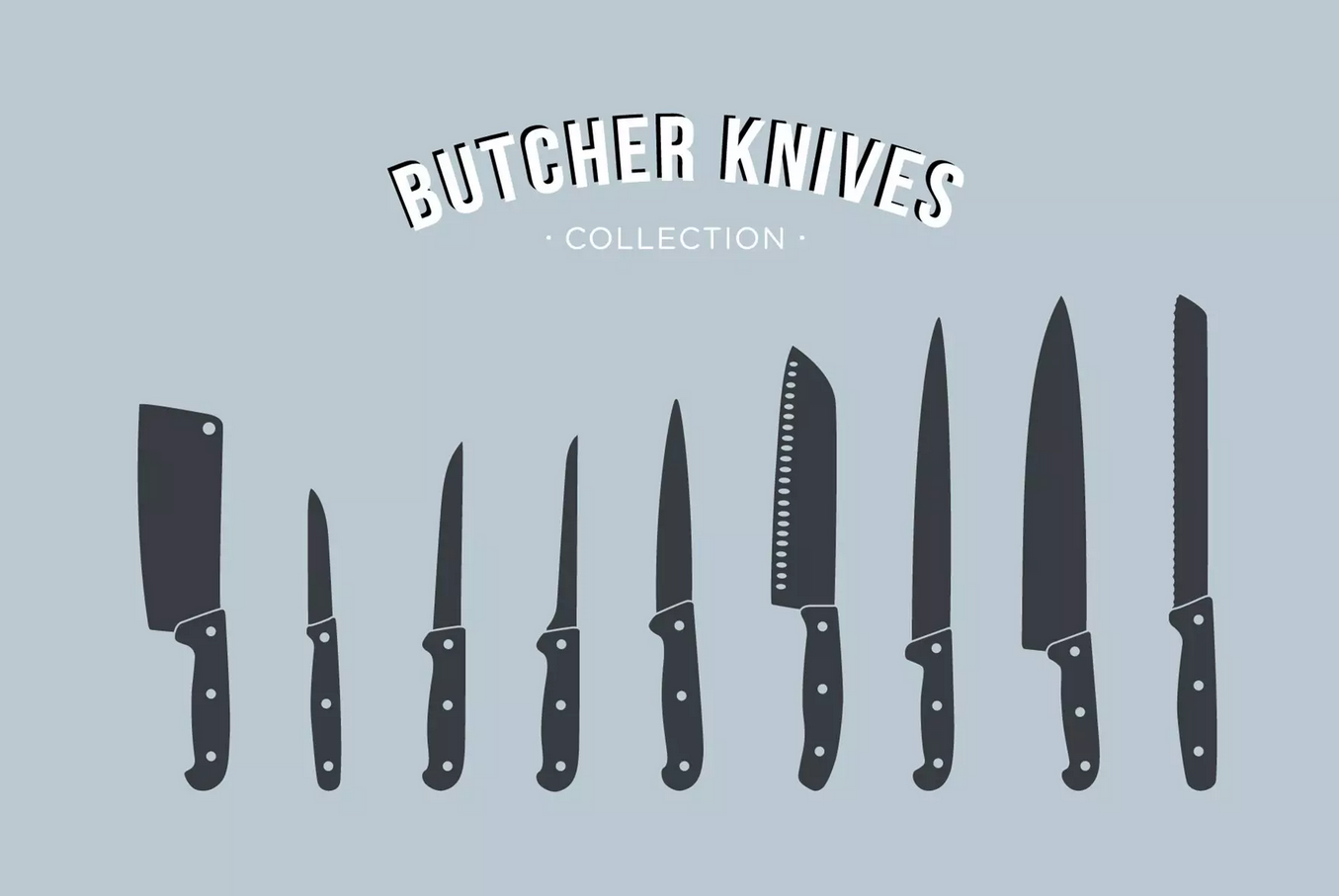Choosing the perfect <a href=”https://bazaarlimited.com/product-category/damascus-cleaver-knives/”>cleaver knife</a>can transform your cooking experience, making it more efficient and enjoyable. With various options available, it can be challenging to know where to start. This comprehensive buying guide will help you navigate the essentials to find the ideal cleaver knife for your kitchen needs.
Understanding Cleaver Knives
What is a Cleaver Knife?
A cleaver knife, often known as a butcher’s knife, features a large, rectangular blade designed for heavy-duty tasks. It’s versatile enough to chop vegetables, cut through bone, and slice meat.
Why Do You Need a Cleaver Knife?
Cleaver knives are indispensable for their power and versatility. Their weight and sharpness allow you to handle tough cuts of meat and dense vegetables effortlessly.
Factors to Consider When Choosing a Cleaver Knife
1. Blade Material
High-Carbon Stainless Steel
High-carbon stainless steel is popular for its durability, sharpness, and resistance to rust and corrosion. Knives made from this material hold their edge longer and are easier to sharpen.
VG-MAX Steel
VG-MAX steel is known for its superior edge retention and sharpness. It’s often used in high-end Japanese knives, offering excellent performance and durability.
2. Blade Size and Weight
Blade Length
Cleaver knives typically range from 6 to 9 inches in blade length. A longer blade provides more power for cutting through large pieces of meat, while a shorter blade offers better control for precision tasks.
Blade Weight
The weight of the blade affects its cutting ability. Heavier blades can cut through bone and dense materials with ease, while lighter blades are better for detailed work.
3. Handle Design
Ergonomic Handles
An ergonomic handle design ensures comfort during extended use. Look for handles that fit comfortably in your hand and provide a secure grip, reducing the risk of slipping.
Material
Handle materials vary from wood and synthetic composites to stainless steel. Wood and synthetic handles offer a comfortable grip, while stainless steel handles are durable and easy to clean.
4. Knife Balance
A well-balanced knife is crucial for control and ease of use. The balance point should be near the bolster or handle, allowing for smooth and efficient cutting motions.
5. Maintenance Requirements
Sharpening
Regular sharpening is essential to maintain the knife’s edge. Consider how easy the knife is to sharpen, either at home with a whetstone or professionally.
Cleaning
Hand washing is recommended for cleaver knives to prevent damage. Avoid dishwashers as the high heat and harsh detergents can ruin the blade and handle.
Top Cleaver Knives on the Market
1. Wusthof Classic Cleaver
Features:
- Blade Material: High-carbon stainless steel
- Blade Length: 6 inches
- Handle: Synthetic ergonomic handle
- Weight: Balanced for precision
Pros: Durable, sharp, and comfortable to use.
2. Shun Classic 7-Inch Cleaver
Features:
- Blade Material: VG-MAX steel
- Blade Length: 7 inches
- Handle: D-shaped pakkawood handle
- Weight: Lightweight and powerful
Pros: Excellent sharpness, beautiful design, and great control.
3. Dalstrong Gladiator Series Cleaver
Features:
- Blade Material: High-carbon German steel
- Blade Length: 9 inches
- Handle: G10 Garolite handle
- Weight: Heavier for powerful cuts
Pros: Strong, sharp, and perfect for heavy-duty tasks.
4. Zwilling Pro Cleaver
Features:
- Blade Material: German stainless steel
- Blade Length: 6 inches
- Handle: Ergonomic polymer handle
- Weight: Well-balanced
Pros: Reliable, durable, and comfortable.
5. Global G-12 Meat Cleaver
Features:
- Blade Material: Cromova 18 stainless steel
- Blade Length: 6.5 inches
- Handle: Stainless steel with a dimple pattern
- Weight: Light and balanced
Pros: Modern design, excellent performance, and great grip.
How to Use a Cleaver Knife Safely
Proper Grip
Hold the handle firmly with your dominant hand, ensuring a secure grip. This control is vital for safe and effective cutting.
Cutting Techniques
Use a smooth, slicing motion rather than a chopping one to reduce the risk of the knife slipping. This technique also helps maintain the blade’s sharpness.
Finger Safety
Tuck your fingers on the hand holding the food, creating a claw grip to keep them safe from the blade.
Conclusion
Choosing the perfect cleaver knife involves considering the blade material, size, weight, handle design, balance, and maintenance requirements. By understanding these factors and exploring top-rated options, you can find the ideal cleaver knife to enhance your culinary skills and make your kitchen tasks more efficient.

